Fortunately for us, Hurricane Jose was only a tropical storm for the Island, even though storm conditions lasted five days. It likely had few impacts on the birds in our area; migrants from further north would have either stopped in their tracks when they encountered the storm, or perhaps they veered south or southwest to avoid the mostly coastal storm. And migrants that were already here hunkered down in dense vegetation to avoid the strong winds.
With the northeast winds, the first land that wind-blown pelagic species encountered would be Cape Cod, though it is also possible is that the northeast winds carried them past the Vineyard to points further west along the coast.
This is not to say that interesting birds did not turn up after the storm. Tose mentioned in the rest of this column appear in our waters on a regular basis in the fall, even without a hurricane hovering 80 miles south of us.
Susan Whiting, Flip Harrington, Pat Hughes and Hal Minis had a very productive morning at Black Point Pond on Sept. 24. They found a bobolink, female Lapland longspur, two American pipits, an American Bittern, 12 lesser black-backed gulls, and four western palm warblers. They report that they did not see the white pelican. The white pelican had not been seen since Sept 18, but Larry Hepler reports seeing it at Black Point Pond on Sept. 26.
On Sept. 24, Steven Carey found two common eiders in the ocean off Squibnocket Beach. The previous day, Sept. 23, I found a first year male common eider in Eel Pond, and Benham Robinson found one resting on Windy Gates Beach. The sightings of these common winter residents seems to be a bit early as their arrival is more likely in the middle of October. Perhaps they were offshore and driven to land by the storm.
On Sept. 23, Jeff Bernier found a juvenile Hudsonian godwit. This large long-legged sandpiper also has a long-up-turned bill that is two-toned — a dark outer half with a lighter base. We find a few of these distinctive godwits in most years at this time of the year.
My Sept. 23 guided birding tour went in search of storm-driven birds. Our efforts produced the above mentioned common eider and a common loon in Nantucket Sound near the East Chop Beach Club. It was still showing some of its breeding plumage although its feathers were very worn. We also found a flock of 11 black skimmers, only three of which were adults. These proportions of adults and juveniles tell me that they are a different flock than has been reported from there in recent weeks.
During the storm on Sept. 21, Lanny McDowell found a couple of lesser black-backed gulls, two golden plovers, two pectoral sandpipers, and two white-rumped sandpipers in one of Katama’s short-grass pastures. These and many other species tend to seek out places that are protected from strong winds; even the slight undulations in the fields may provide such protection, which is why birders seek out such places to look for birds during strong winds.
Yards can also provide such protection from strong winds, and Matt Pelikan spotted a thrush that belongs in the genus Catharus. Too bad it did not hang around long enough to be identified to species.
How many of these sightings were affected by the storm is anyone’s guess. Are we disappointed that there were no sightings of pelagic species like storm petrels, phalaropes or jaegers? Maybe somewhat, but at least Hurricane Jose did not make landfall. See the Caribbean Islands now if you think otherwise.
Bird Sightings
The trio of John Flender and Happy and Steve Spongberg spotted a northern harrier at Quaqnsoo on Sept. 24. That same day, Lanny McDowell spotted a male common yellowthroat in the shrubbery at Katama. And Diane Crane found a kingfisher and a green heron on Lagoon Pond on Sept. 24.
Susan Whiting reports a dozen tree swallows on Sept. 23 at Lobsterville.
Richard Price found a glossy ibis and seven great egrets in a salt marsh at Felix Neck on Sept. 23. He also observed three great blue herons, an American oystercatcher, and a greater yellowlegs. Steven Carey found two glossy ibis along the shores of Sengekontacket Pond the next day.
In last week’s column I neglected to mention the Caspian tern spotted by Susan Whiting and Flip Harrington over Black Point Pond on Sept. 17. They heard it calling and then it flew directly over their heads so they could clearly see its obviously very red beak. They also spotted seven blue-winged teal flying by with one green-winged teal, as well as the shorebirds short-billed dowitcher, black-bellied plover, semipalmated plover, killdeer, sanderling, least sandpiper, semipalmated sandpiper, and greater yellowlegs.
Doreen McCabe spotted a female scarlet tanager in her yard on Sept. 23, with its blackish wings and and fairly bright yellow plumage. She also found a female rose-breasted grosbeak, red-eyed vireo, black-and-white warbler, palm warbler, and a ruby-throated hummingbird in her yard.
Other hummers were reported by Mary Makepeace, Julie Anne McNary, Sioux Eagle, Maria McFarland, Joanne Goudreau, Dan Bradley and Allouise Morgan.
Remember that you may see stray western hummingbirds for the rest of the fall. Be careful in your observations as it is incredibly difficult to distinguish between hummingbird species. If you are not positive, you can always take a picture of it and send it to me.
On Sept. 23, Susan Straight was surprised to find two eastern phoebes at her Chilmark home. In the past decade, this species has been more likely to linger through the fall and even into the winter.
This is the peak season for southbound migrants; please keep us up-to-date by reporting your sightings to birds@mvgazette.com.
Robert Culbert leads Saturday morning Guided Birding Tours and is an ecological consultant living in Vineyard Haven.

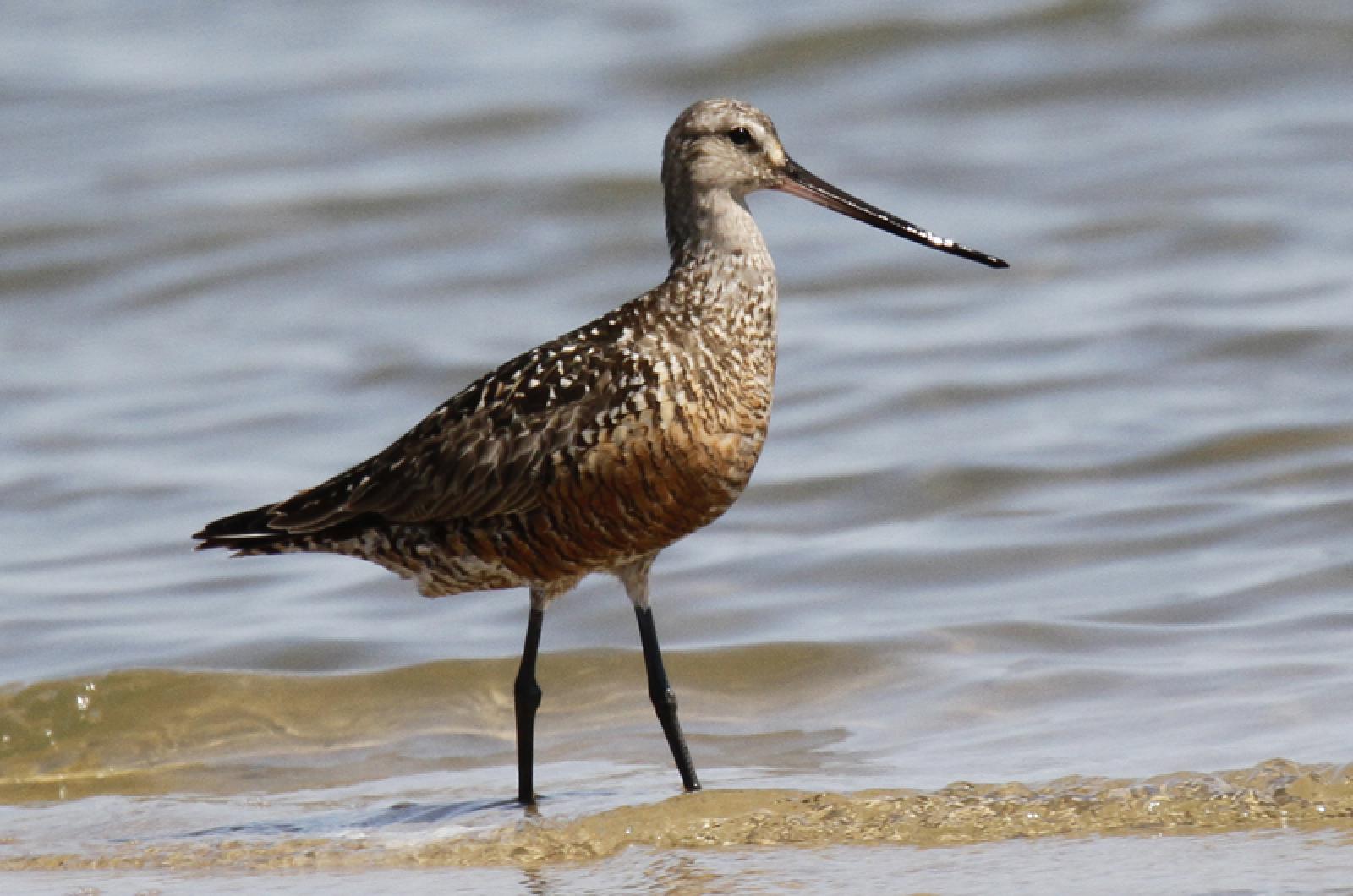
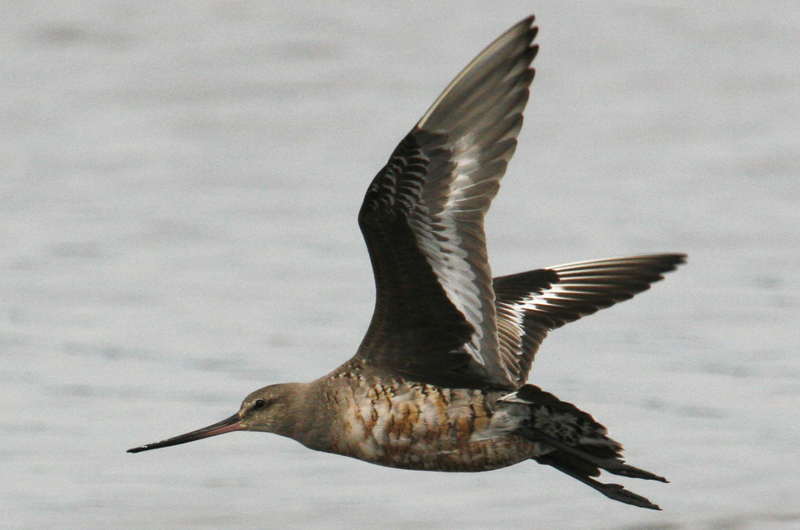
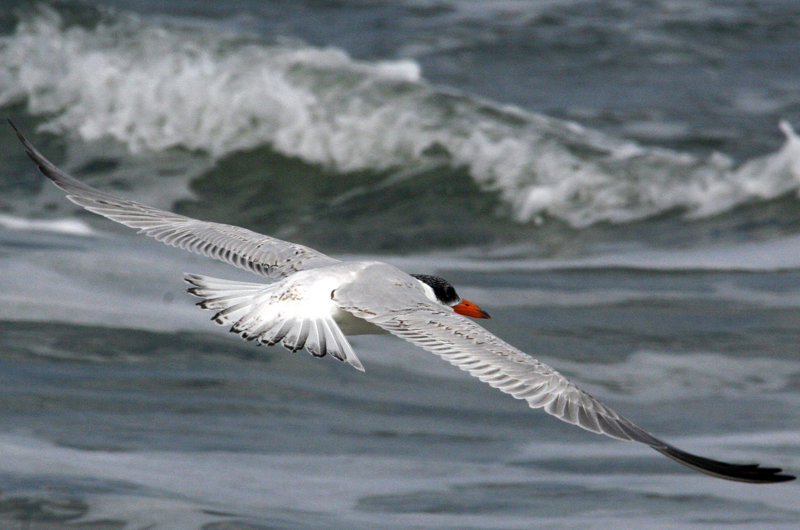
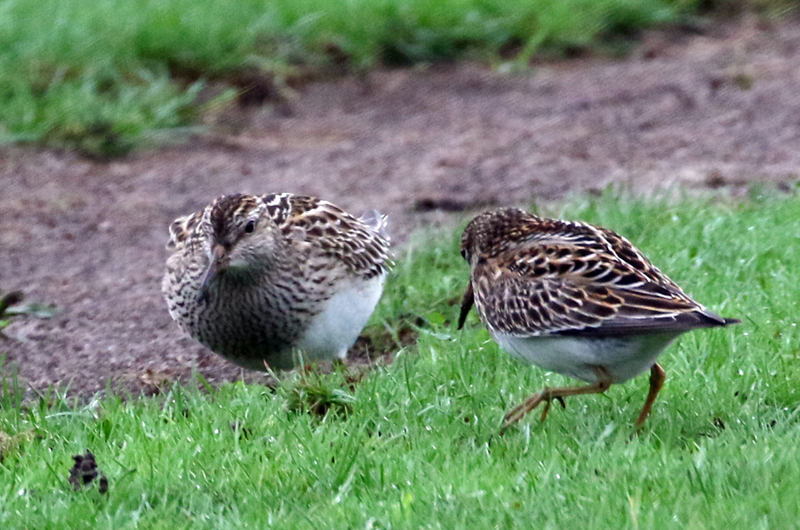

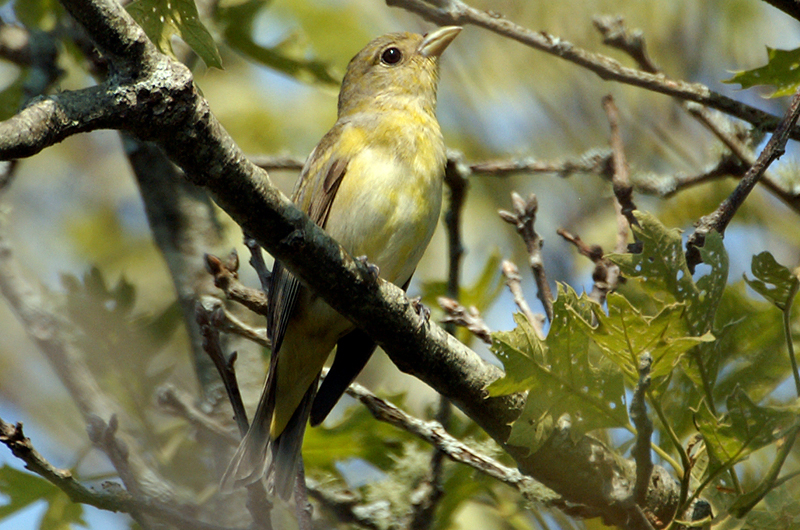


Comments
Comment policy »